Q1: What is the property that allows metals like gold to be stretched into thin wires?
Ans: Ductility.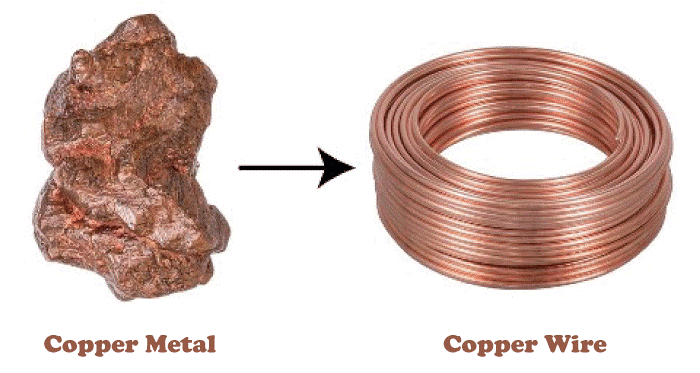
Q2: What items do ironsmiths generally make?
Ans: Flat pans, buckets, tongs, spades, axes, trowels, and rakes.
Q3: What material is mainly used to make these items?
Ans: Iron metal.
Q4: What is used to heat the iron in the furnace?
Ans: Coal.
Q5: What is the property that allows metals to be beaten into thin sheets?
Ans: Malleability.
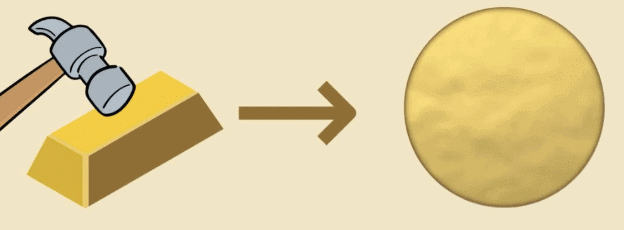
Q6: Which metal is the most malleable?
Ans: Gold.
Q7: What happens to metals like copper and aluminum when beaten with a hammer?
Ans: They flatten.
Q8: Is wood a metal or a non-metal?
Ans: Wood is neither a metal nor a non-metal.
Q9: What does ductility allow metals to do?
Ans: Be drawn into wires.
Q10: Which metal is used for making electric wires?
Ans: Copper.
Q11: What is the ringing sound produced by metal called?
Ans: Sonority.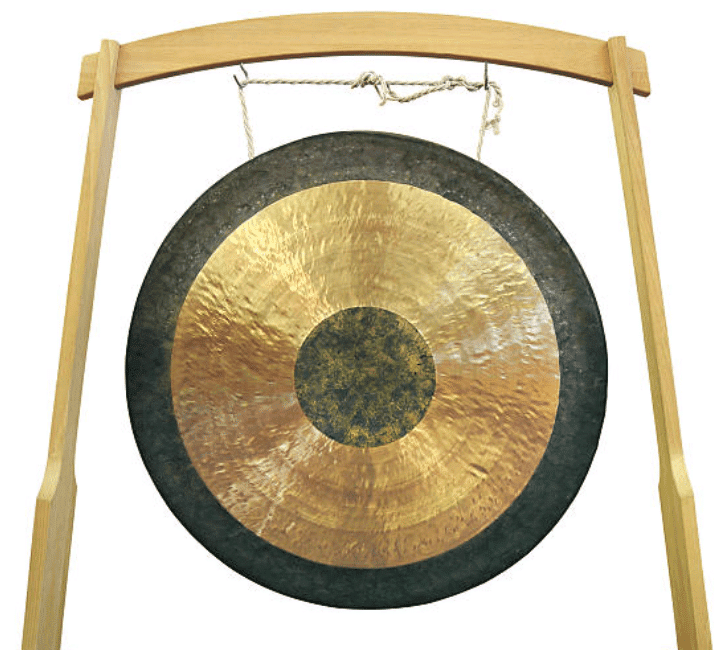
Q12: What property of metals makes them good for cooking vessels?
Ans: Conduction of heat.
Q13: What is the term for the process when iron gets damaged by exposure to air and water?
Ans: Rusting.
Q14: What is the brown deposit formed on iron due to rusting called?
Ans: Rust.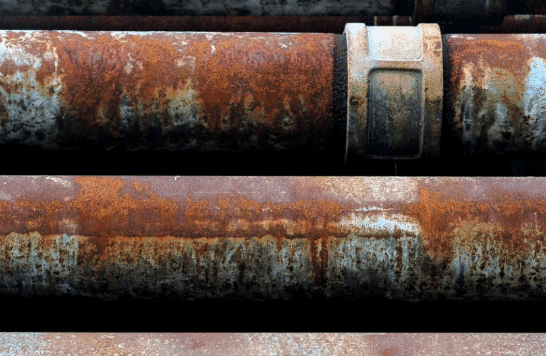
Q15: Which metal reacts vigorously with water and is stored in kerosene?
Ans: Sodium.
Q16: What is the nature of the oxide of magnesium?
Ans: Basic.
Q17: What type of reaction occurs when magnesium burns in air?
Ans: It forms magnesium oxide.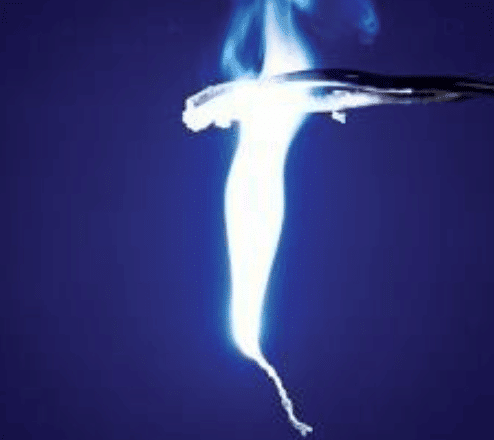
Q18: What is the purpose of applying a protective layer of zinc on iron?
Ans: To prevent rusting.
Q19: Which non-metal is essential for respiration?
Ans: Oxygen.
Q20: What is formed when sulfur reacts with oxygen?
Ans: Sulfur dioxide.


















